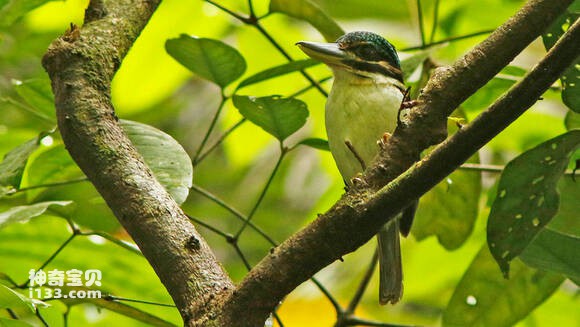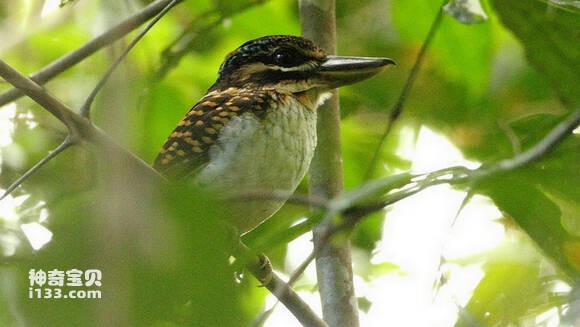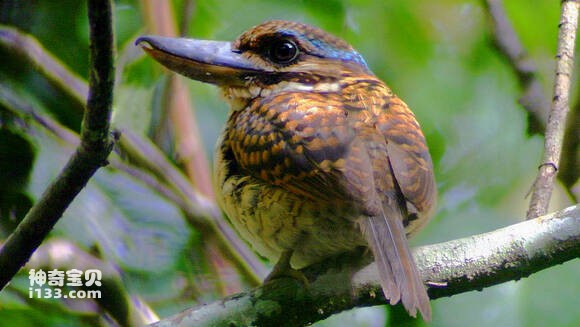MeliMelidora macrorrhinadora macrorrhina
IUCN
LCBasic Information
Scientific classification
- name:MeliMelidora macrorrhinadora macrorrhina
- Scientific Name:MeliMelidora macrorrhinadora macrorrhina,Hook-billed Kingfishe
- Outline:Climbing birds
- Family:
Vital signs
- length:About 27 cm
- Weight:85-110g
- lifetime:No textual research information is available
Feature
Distribution and Habitat
The hook-billed kingfisher is found mainly in New Guinea, Australia.
The hook-bill kingfisher is common in lowland forests and groves in the areas where it lives, especially in areas below 700 m, where it has the potential to reach altitudes of 1280 m above sea level. Generally active in rainforest forests, teak plantations or rubber plantations, there are a few even into the city.
Appearance
The hook-billed kingfisher is 27cm long, the female weighs 85-110g, and the male 90-110g. The top of the head and forehead are black feathers, and the sides are decorated with speckled ruby blue feathers. The eyes of the bird are first black, white collar, with intermittent black circles around the neck. The back, tail and wings are dark brown with scaly maculae. The underbody and subtail are completely white, often with a more or less pale yellow, pink, or yellow tint. Some hook-billed kingfishers have fine black stripes on their chin, throat and chest. The maxilla has a black color. Iris dark brownish-green, legs gray. The adult female differs from the male in that the forehead and top feathers have a greenish-yellow stripe.
Mouth thick straight, long and firm, mouth ridge round; No nasal furrow; The wingtip is long, the first primary feathers are slightly shorter, and the third and fourth feathers are longest; Tail short round; The head is large, the neck is short, the wings are
Details
MeliMelidora macrorrhinadora macrorrhina, also known as Hook-billed Kingfishe, has three subspecies.

The hook-billed kingfisher is mostly active at dusk and at night. They often sing in dense forests, sometimes at night, especially before dawn. When there is a moon, it calls constantly, often causing some birds to respond with sounds that imitate them. Hook-billed kingfishers generally inhabit the tops of tall trees, usually in the shade.

Little is known about the hook-billed kingfisher's food and feeding behavior, which can often only be inferred from the lifestyle of kingfishers in its region. It feeds mainly on large insects (including stick insects) and frogs.
Hook-billed kingfishers nest on tree trunks that have been hollowed out by termites, choosing a shady spot, usually 3 to 6 meters above the ground. Bird's nest 11 to 12 cm. The female lays two eggs at a time. The male birds participate in the incubation. The breeding season is usually during the dry season, from July to October.
Listed in the International Union for Conservation of Nature (IUCN) ver 3.1:2008 Red List of Birds.
Protect wild animals and eliminate wild meat.
Maintaining ecological balance is everyone's responsibility!








